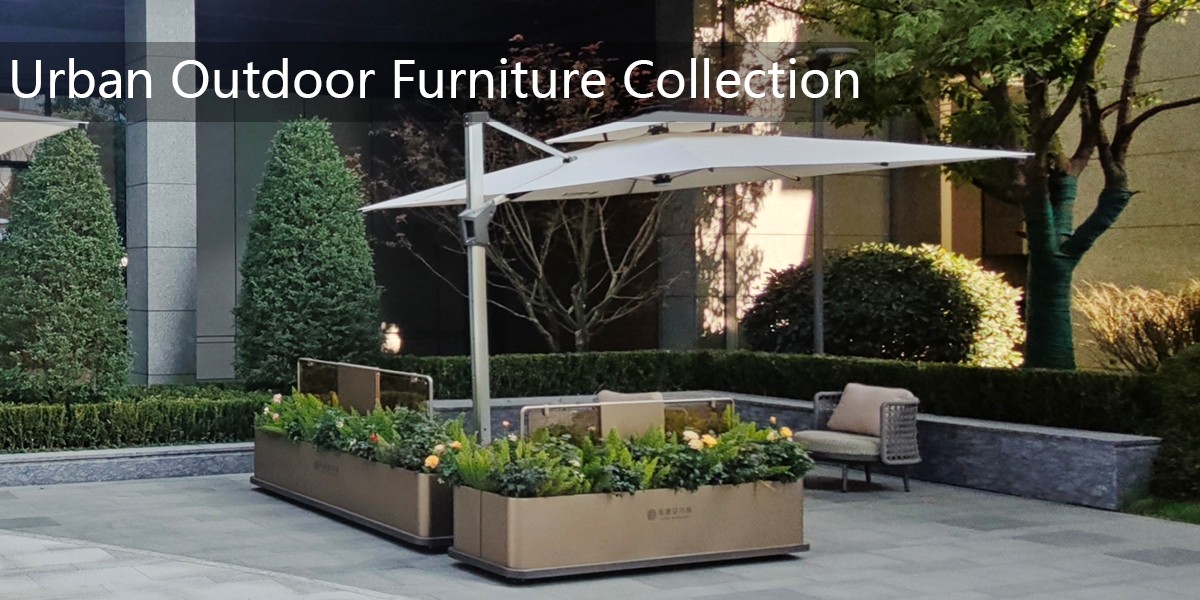Outdoor sculptures often incorporate shadows as an intentional part of their design, transforming static art into dynamic visual experiences. Artists carefully consider the position, shape, and texture of their sculptures to manipulate how shadows interact with sunlight or artificial light. These shadows can change throughout the day, creating evolving patterns that add depth and movement to the artwork.
Some sculptures are designed with perforations or intricate cutouts to cast elaborate shadow designs on surrounding surfaces. Others use angular forms to create sharp, geometric shadows that contrast with organic shapes. The interplay between the sculpture and its shadow can tell a story, emphasize themes, or create optical illusions.
Modern installations sometimes incorporate shadow projection as their primary artistic statement, where the shadow becomes as important as the physical sculpture itself. This technique allows artists to engage viewers with temporary, ever-changing compositions that respond to environmental conditions. By mastering shadow design, sculptors extend their artwork's presence beyond its physical form, creating immersive experiences in public spaces.


